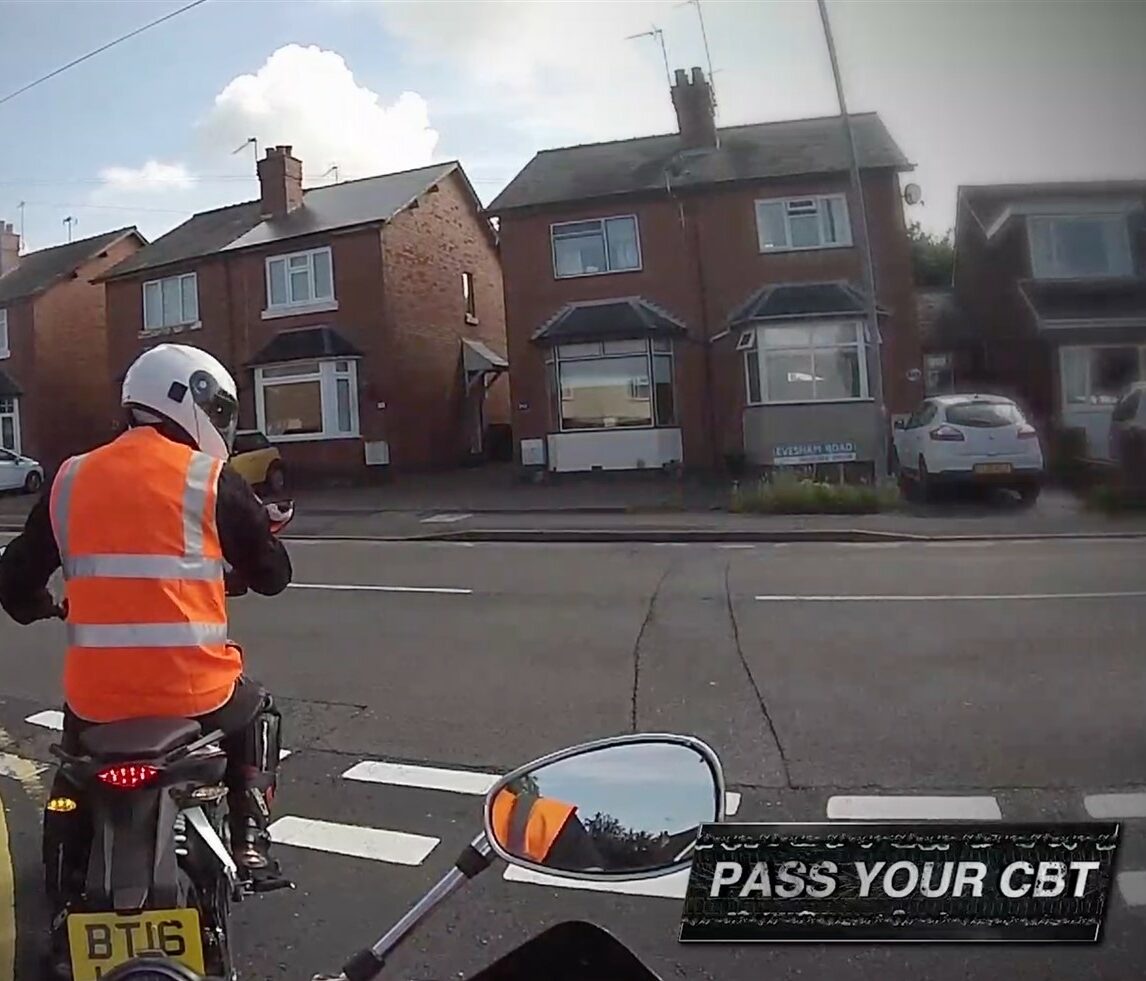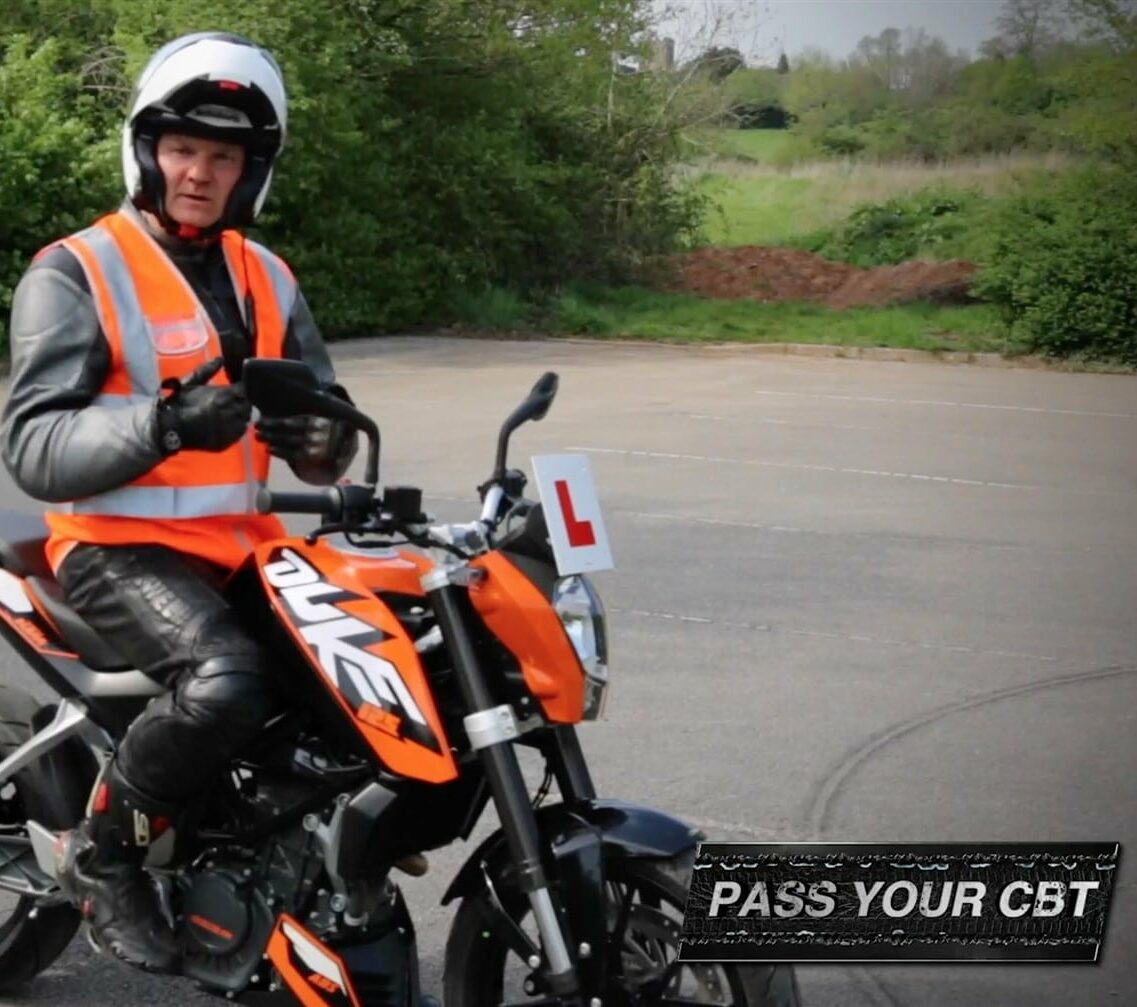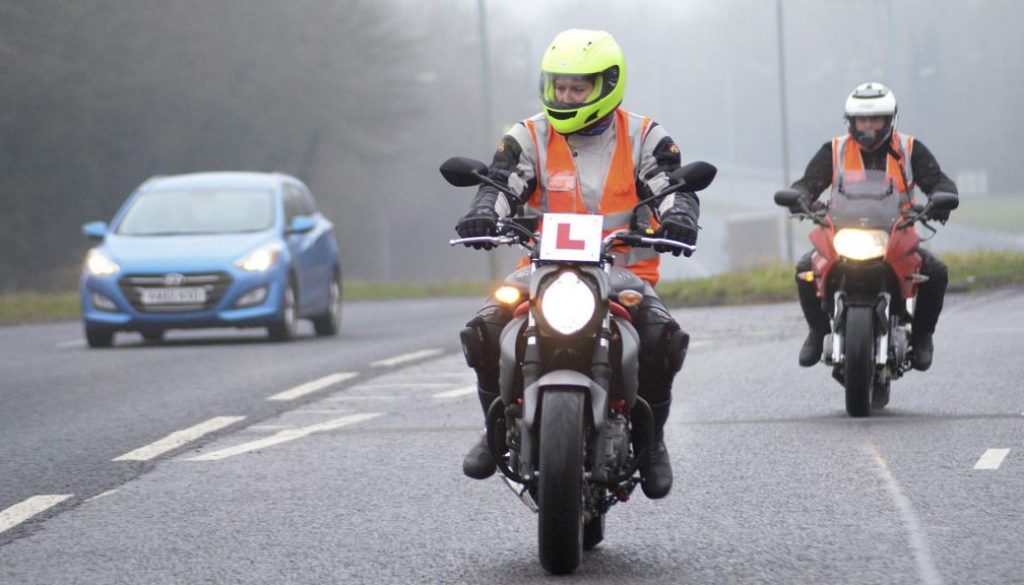Click the down arrow to expand
You must develop an understanding of the best road position for maximum safety, use good all round observations and react in good time to remain safe.
You must turn your head to look behind into your blind spot, and effectively use your mirrors.
Blind spots are the areas to the sides and slightly to the rear of the rider that are not visible in the mirrors.
Rear observations ensure full awareness and allow you to assess that it is safe to continue with your plan. They can also inform other road users of your intention to move position.
Rear checks are required when indicating, slowing down or stopping, changing lanes, overtaking and moving off from stationary.
New Riders
As a new rider you must develop the skill of correctly timing your rear observations and recognise when observations might be dangerous.
You should also avoid getting into bad habits by looking over the shoulder too often or at the wrong time.
When carrying out rear observations, you can lose touch (for a moment) with what is happening ahead of you and run the risk of veering off course. In heavy traffic, travelling at speed or when overtaking, poorly timed or excessive rear observations can be dangerous.
Dangerous to miss Lifesavers
You must understand that in certain situations, failing to use effective rear observations can be extremely dangerous. Examples include, when turning right into side roads and when overtaking.
When performing lifesavers, you must take care not to affect the motorcycle’s balance or steering which may alter your direction of travel.



All Courses Included:
● Mod 1 Course
● Mod 2 Course
● Advanced Course
● Slow Control Course
● Theory Test Academy

Sorry. You must be logged in to view this form.